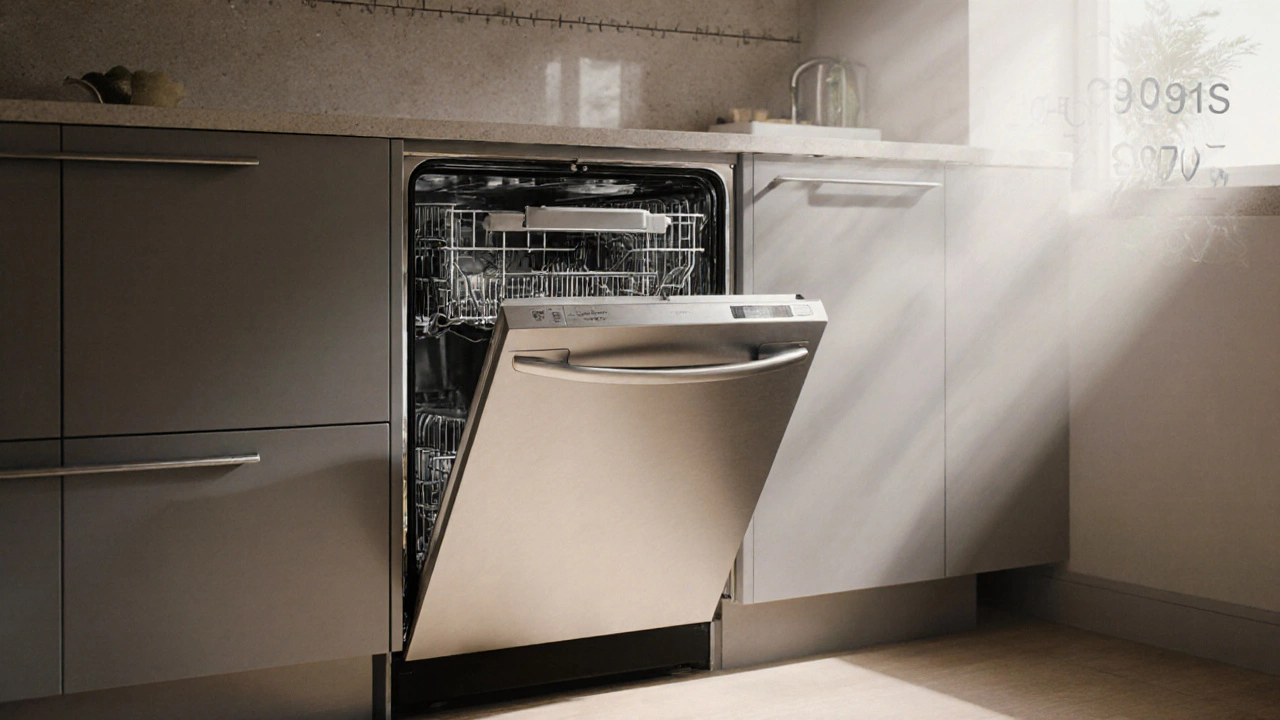Dishwasher Maintenance Guide: Keep Your Dishwasher Running Like New
When working with dishwasher, a built-in appliance that washes dishes automatically. Also known as dishwasher unit, it needs regular care to stay efficient. Most problems start with simple neglect: a clogged filter, the trap that catches food particles and prevents blockages or mineral buildup from hard water, water rich in calcium and magnesium that leaves limescale inside appliances. Addressing these two factors alone can stop foul smells, poor cleaning results, and unexpected leaks.
Why Regular Cleaning Beats Costly Repairs
Dishwasher maintenance is not a fancy task; it’s a quick habit that saves you time and money. A clean filter removes debris that would otherwise coat spray arms, reducing water pressure and leaving dishes spotty. Likewise, descaling the interior once every three months drops limescale that can erode heating elements, shortening the unit’s lifespan. Even the most advanced models rely on these basic parts, so ignoring them negates any high‑tech features.
Beyond filters and water hardness, the type of detergent, the cleaning agent formulated for dishwashers matters. Using a powder designed for soft water in a hard‑water area can leave residue, while a high‑phosphate gel may cause excess suds and seal damage. Matching the detergent to your water profile and load size gives the best wash and protects internal seals.
Another often‑overlooked element is the door gasket. This rubber seal prevents leaks, but it can harden or crack when exposed to heat and cleaning agents. A quick wipe with a mild vinegar solution each month restores flexibility and stops water from seeping into cabinets. If you notice a faint humming or water pooling under the unit, the gasket is usually the first suspect.
Temperature plays a role, too. Most dishwashers need water at least 120°F (49°C) to dissolve detergents and kill bacteria. Running a hot‑water tap before starting the cycle ensures the machine receives the right heat without forcing the heating element to work harder, which saves energy and reduces wear.
Lastly, consider the load arrangement. Overcrowding blocks spray jets, while leaving large items upside‑down can cause imbalanced spins. Following the manufacturer’s layout guide lets water reach every surface, improving cleaning and reducing strain on motors.
By treating these five areas—filter, hard water, detergent, gasket, and temperature—you create a maintenance routine that outlasts most warranty periods. The next section of this page collects articles that dig deeper into each topic, offering step‑by‑step instructions, troubleshooting checklists, and expert shortcuts. Dive in to turn routine care into effortless results and keep your dishwasher humming for years to come.

Typical Dishwasher Lifespan: How Long Should It Last?
Learn the average dishwasher lifespan in Australia, the factors that affect it, maintenance tips, and when to repair or replace your unit.